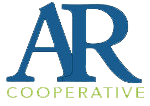by Jess Evans
January, 1 2019
Before Shawn had his exciting encounter with a mountain lion on Dec 22, I was thinking of writing about my encounters with animals during my outdoor adventures. Thank you for the perfect introduction to this subject, Shawn! Throughout my adventure racing and bike touring career, I have had the pleasure (or not) of encountering animals along my many routes. The encounters ranged from cool, to funny, to even a little scary.
Deep in the national forest south of Lincoln, Montana, a small chipmunk decided to join us as we ate our afternoon meal. This little guy was extremely brave. He stood on my frame bag searching for a way to access the tasty food stored inside. He was so cute, and surprisingly unconcerned of the three humans watching him with huge smiles on our faces.
I have seen a Grizzly Bear and Black Bear, but only from a distance. In Canada, we were riding on a trail that followed the contours of a mountainside above a lake. As we came around a corner, we saw the large cinnamon colored butt of a Grizzly Bear running on the trail away from us. Luckily, he heard us and scooted out of sight quickly. The Black Bear was spotted north of Ovando, MT. It was nearly a half mile away, sauntering down the forest service road without a care in the world. He gradually moved off the road into the woods. We hopped on our bikes and headed that direction, figuring he would be long gone by the time we reached the spot.
In the last year, I have encountered moose and moose tracks several times. Usually they are standing around looking at me while they munch grass or leaves. However, a few years ago in Canada, a moose jumped out of the woods onto the trail we were traveling down, ran away from us, and then jumped back into the woods a little ways down. It happened so fast, we stopped our bikes and looked at each other with questioning eyes, “was that a moose?”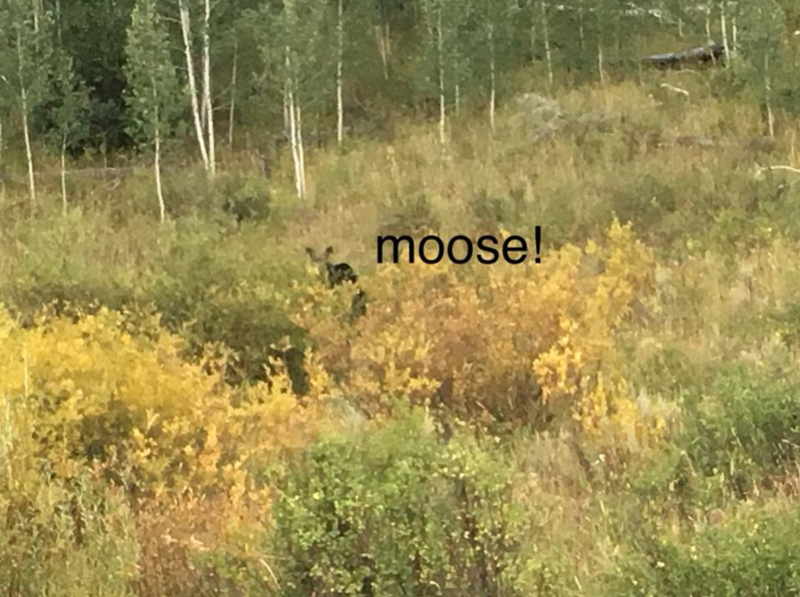
My scariest and most worrisome encounters have been with domestic animals. Dogs always give me constant worry as I travel past homes or in sheep herding areas. I have seen sheep dogs from a distance and have had them howl at me while I zipped down a mountain road, but I have not had a stand-off with them… yet. I have been knocked down twice by dogs while riding my bike. Unfortunately, I get pretty nervous around them if I am on my bike. But cattle have given me my scariest moments. I was chased by a small herd in Wyoming. Luckily cows are not endurance athletes. On that same trip, I scared up a huge herd one afternoon in Montana. The road was flanked by a fence on either side so they had no where to go and neither did I. I started riding past them and then the entire herd was on the move. They could not get rid of me, and I could not pass them. I swear I was riding with a running herd for nearly a mile. I was just as scared as they were, I’m sure. There was also that time two friends and I were caught between a bull and the cow he was interested in. Tracy has a great write-up of that story on her Facebook page somewhere. When she started throwing rocks at the bull to get him out of our way, I was looking for the nearest tree to climb.
While my animal encounters have not been as exciting as a mountain lion… they have given my reason to always be on the look out.

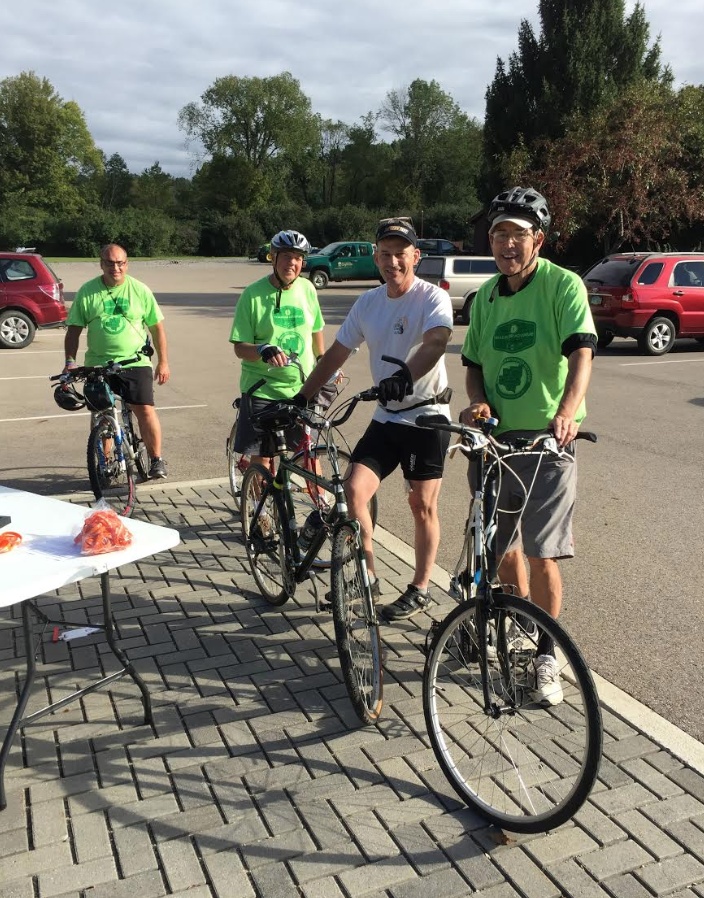
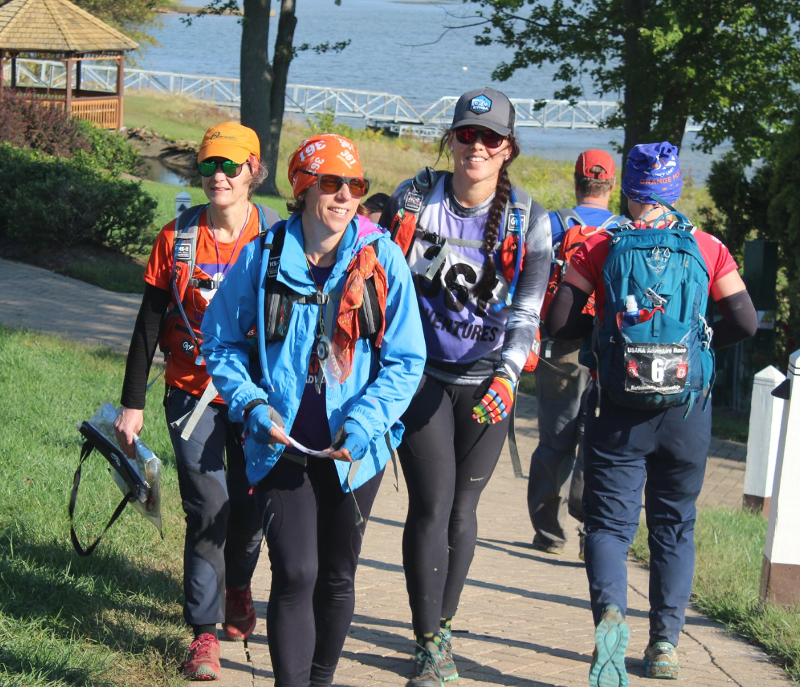
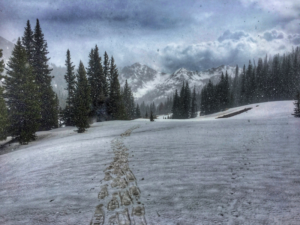 Yet another fun aspect of snowshoeing are the numerous animal tracks in the snow. It is fun to guess what else has traveled along my route. Rabbits are easy to ID. Some dog like tracks may be coyote or fox. Raccoon tracks are among the fray. I have followed moose tracks in the snow with the hope I did not catch up to one. Then there will be tracks that cause me to stop and ponder. When I see tracks that appear and then disappear after only 4 feet, I guess this to be a bird, perhaps a hawk or
Yet another fun aspect of snowshoeing are the numerous animal tracks in the snow. It is fun to guess what else has traveled along my route. Rabbits are easy to ID. Some dog like tracks may be coyote or fox. Raccoon tracks are among the fray. I have followed moose tracks in the snow with the hope I did not catch up to one. Then there will be tracks that cause me to stop and ponder. When I see tracks that appear and then disappear after only 4 feet, I guess this to be a bird, perhaps a hawk or
